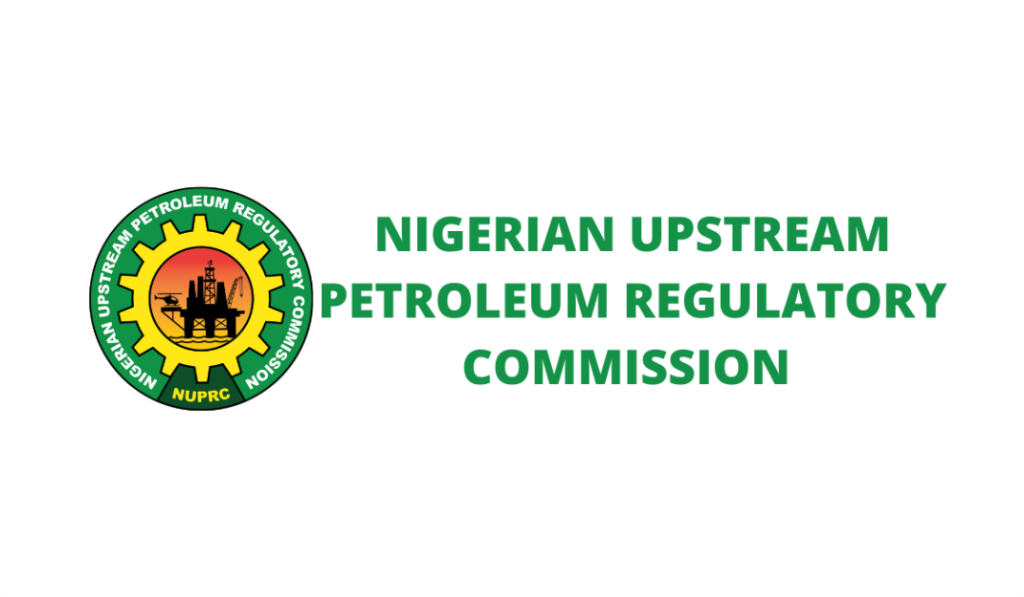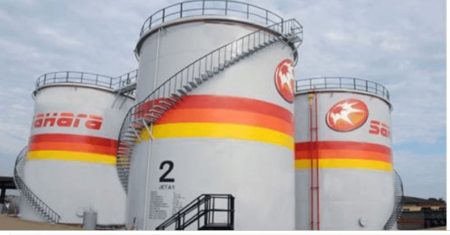Nigeria’s crude oil production experienced a slight dip in August 2025, falling short of its OPEC quota of 1.5 million barrels per day (mbpd). While the country successfully surpassed its quota in the preceding months of June and July, August witnessed a decrease to an average of 1.43 mbpd. This represents a decline of approximately 66,000 barrels per day and a 4.8% reduction compared to July’s output of 1.5 mbpd. The Nigerian Upstream Petroleum Regulatory Commission (NUPRC) attributed this dip primarily to a single day of unscheduled maintenance at an oil facility. Despite the slight setback, the NUPRC emphasized that August’s production met 96% of the OPEC quota, highlighting Nigeria’s continued commitment and capacity to fulfill its production obligations within the OPEC framework.
The overall combined production of crude oil and condensates in August 2025 averaged 1.63 mbpd, representing a year-on-year increase compared to the 1.58 mbpd recorded in August 2024. This growth signifies an improving operational landscape within the Nigerian oil sector. While condensate production saw a minor decrease to 197,229 barrels per day from 220,435 bpd in August 2024, crude oil production demonstrated a significant 5.47% growth, rising from a daily average of 1.36 mbpd in August 2024 to 1.43 mbpd in August 2025. This improvement in crude oil production underscores the positive trajectory of the industry’s recovery and operational efficiency.
A closer examination of individual terminal performances reveals variations in production levels. Forcados Terminal emerged as the highest contributor, producing a total of 8.99 million barrels, comprising 8.08 million barrels of crude oil and 915,200 barrels of condensates. Bonny Terminal followed closely with a combined output of 6.26 million barrels, which included 5.8 million barrels of crude oil and 418,270 barrels of condensates. Qua Iboe Terminal contributed 4.99 million barrels, consisting of 4.94 million barrels of crude oil and 50,500 barrels of condensates. Escravos Oil Terminal also made a significant contribution with 4.18 million barrels, including 4.08 million barrels of crude oil and 107,000 barrels of condensate. These figures showcase the diverse output levels across different operational terminals in Nigeria.
The NUPRC’s detailed analysis of August 2025 production figures provides a comprehensive overview of the Nigerian oil sector’s performance. The slight decrease in overall production, attributed to a single day of unscheduled maintenance, is contextualized by the consistent achievement of near-quota levels and the positive year-on-year growth in combined crude and condensate output. This data-driven assessment reinforces the narrative of a recovering and increasingly efficient oil industry in Nigeria, despite occasional operational disruptions.
The NUPRC’s report reveals a fluctuating production landscape within the Nigerian oil sector. While August’s output dipped slightly below the OPEC quota, the overall trend suggests a resilient and growing industry. The significant year-on-year increase in combined crude oil and condensate production, coupled with consistently high quota fulfillment, signifies the positive impact of ongoing efforts to optimize operations and enhance production efficiency. The varying output levels across different terminals underscore the dynamic nature of the industry and the importance of continuous monitoring and improvement.
In conclusion, the August 2025 production figures present a nuanced picture of the Nigerian oil sector. Although the temporary setback caused by unscheduled maintenance resulted in a slight production decline, the overall trajectory remains positive. The consistent achievement of near-quota levels, the significant year-on-year growth in combined output, and the varying performance across different terminals highlight the complexity and resilience of the Nigerian oil industry. The NUPRC’s detailed report provides a valuable insight into the ongoing efforts to enhance production efficiency and ensure long-term sustainability within the sector.














